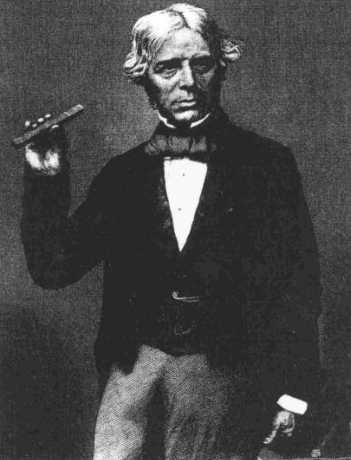
Implantable wireless devices that communicate by Bluetooth and deliver finely crafted electrical impulses to induce biological effects in human subjects?
Cue the lightning and the maniacal laughter!
It may sound like mad science, but it’s actually a cutting edge therapeutic technique with the potential to revolutionize medicine in novel ways. And it requires some very clever electromagnetic design to control and power the implanted devices.
My friend, Dr. Arun Venkatasubramanian, is an Associate Director at Cambridge Consultants, a leading technology and product development firm headquartered in Cambridge, UK and with offices in Boston, USA and Singapore. Arun has 9 years’ experience in wearable and implantable antenna design having successfully designed and developed several novel antennas for medical and commercial applications. Most recently Arun was the technical authority on designing and developing the world’s first Bluetooth enabled neurostimulation implant (> 5cm under the skin).
He’ll be presenting a free webinar later today describing his amazing work.
Digital health is taking healthcare by storm and is expected to reach $233.3 billion by 2020, driven particularly by the mobile health market. Connected medical devices and associated services are perceived to be able to offer safer and more effective healthcare. Novel connected medical device examples include Saluda’s closed-loop neuromodulation system for pain management, EBR’s wireless pacing system and St Jude Medical’s wireless-enabled pacemaker – all examples of implants with wireless connectivity.
A key challenge for medical device designers is to understand and optimize the communication between the device and the receiver. Pioneering companies like Cambridge Consultants were early adopters of engineering simulation to model the behavior of medical devices and their communication components, together with the surrounding environment – and particularly ‘through-body’ communication. In this webinar, we will discuss the growing importance of connectivity and the necessity of using computer-based modeling to enable this critical technology. Cambridge Consultants will also present a case study that highlights the use of computer modeling to quantify the impact of different body morphologies on implant radio performance. An understanding of these coupled with use case and end user morphology will define if the radio performance is incredibly successful or marginally adequate.


